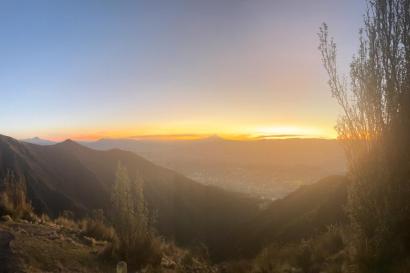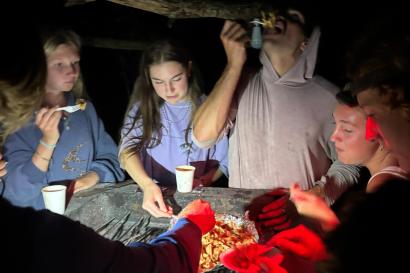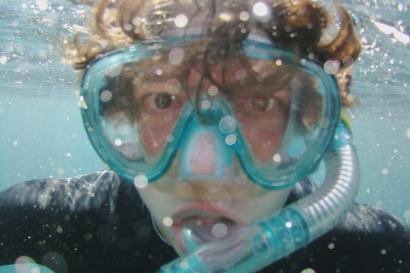Hola Amigos!
When I arrived Ecuador in the beginning of the semester, I told myself that I wanted to have a real and personal study abroad experience. Everyone has their unique experience and story of their time abroad, but I wanted mine to be “authentic”. I personally defined this real, personal and authentic experience as one that would allow me to challenge myself on all aspects, meet people with different backgrounds while staying true to myself. As an observant and reserved person, I noticed that I am not the typical adventure-seeking and nature-loving person like every study abroad student seemed to be. To give background, I did not really research the details about Ecuador, so I was honestly surprised when I found out that the Sierra region is mountainous and most of the activities involved camping, hiking and other outdoor activities that I am not accustomed too. Despite all the recommendations of where to travel too, I decided that I would visit the common tourist sites and towns but as a person who loves to travel, I wanted more, I wanted to visit parts of the country that most students do not think to visit because they are too occupied attempting to hike all the 21 volcanoes surrounding Quito. I will be writing about my trips to two different places in Ecuador, which I call the hidden gems because they are filled with so much history and culture but are certainly ignored by students while abroad. As I wrote about in a previous blog, having a familial relationship while abroad was important to me and it allowed me to have a non-tourist experience.
The first hidden gem of Ecuador is Alausí. In the province of Chimborazo, just a few hours south of Riobamba which is the capital is where the small town of Alausí is found. For many Ecuadorians, it is a necessary excursion to visit the Devil’s Nose (Nariz de Diablo) and ride on the historic Ecuador train. My trip to Alausí was within my first month of living in Ecuador. I had the pleasure of accompanying my host parents on their annual elderly friends’ trip since I couldn’t be left home alone. It was quite interesting spending the weekend with a group of 14 energetic 60+ year old adults, but I digress.
The second hidden gem that I had the pleasure of visiting is Guayaquil, also nicknamed “la Capital de la Patria”. Even though most people from Quito despise that reference, visiting the metropolitan city made the reference quite clear because it is only known for its architecture. My two day and one-night trip was amazing. I am actually short of words to describe how refreshing it was to be in the largest city in Ecuador because it truly is very different than the rest of the country. Although it is a bit dirty, I was saddened by the fact the many people littered and threw waste and plastic bottles on the streets and into the ocean. However, the local cuisine of crab was AMAZING, and an untold secret is that local and cheaper street restaurants tend to have way better-tasting food than the high classed restaurants. Visiting Guayaquil had been my dream from my first week in Ecuador, and I had found one of my favorite cities in the country. However, to my surprise, many foreigners do not visit this large metropolitan city because it is not blessed with the mountains and doesn’t uphold the typical nature aesthetic of the Sierra region which makes sense because it is a coastal city. But as someone who enjoys learning about history and old cities, I was not bored but the numerous buildings and statues paying homage to the history of Guayaquil and Ecuador. I won’t be wrong if I say Guayaquil is one of the only major cities that hardly attracts tourists in spite of the perfect sunny weather all year round. That being said I would highly recommend visiting Guayaquil for about 2-3 days just to soak up some sun and to get a break from Quito’s mountainous view.
I hope your time in Ecuador is full of many great and memorable adventures and I hope you are able to find your own “Hidden Gems” while abroad.

Tabitha Ato
I would describe myself as a fun but reserved person. I am curious and love learning and sharing about my experiences. I enjoy planning and organizing events but great music always gets me on my feet.








